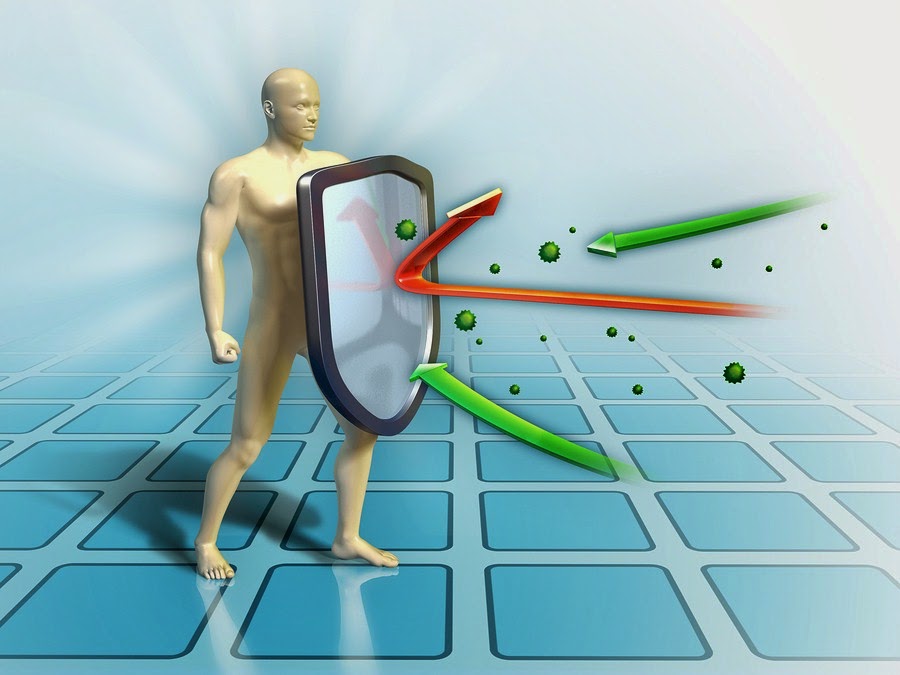Genital warts, as the name suggests, are warts that occur around genital areas such as the anus, rectum, vagina, or male organs. The human papillomavirus (HPV) causes them. These warts are most common around the age of 20 and can affect both men and women. Warts can occur from lovemaking and can be transmitted sexually. Oral sex or unprotected sex could be the cause of HPV transmission. People with more than one sexual partner are more likely to have these warts. Also, sharing clothes or towels with an infected person or constantly touching warts could also lead to the spread of a genital infection, as it is contagious. Sometimes increased use of birth control pills can also lead to genital warts. In rare cases, a newborn baby could also be infected at birth.
A person suffering from warts would feel itchy around the warts at all times. It could cause redness and swelling in the infected area. Sometimes warts may not be clearly visible, but they continue to cause a burning sensation. Genital warts, which are found in clusters in women, could in some cases lead to cervical cancer.
One can experience great pain when urinating, and even feel feverish when suffering from warts. Some warts can even bleed from constant scratching. However, there are many home remedies for genital warts to save yourself from the expensive medical bill.
One of the most common and simple home remedies for genital warts could be to apply a fresh garlic paste to the infected area and cover it with adhesive tape. This can be changed 2-3 times during the day and it will heal the infected area in 3-4 days.
Applying vitamin E oil to lesions is also helpful as it helps relieve burning sensation and pain. Tea tree oil is also one of the many effective home remedies for genital warts.
The onion can be crushed and placed on the warts, and covered with adhesive tape to leave it overnight. Onion juice can be applied 2-3 times a day. This is perhaps the easiest and cheapest of all the home remedies for genital warts.
One of the many home remedies for genital warts could be to wash the affected area with warm water. A little apple cider vinegar can then be applied to it, which relieves the burning sensation. Also, warts start to shrink with this treatment.Castor oil mixed with peppermint oil can be a very effective home remedy for genital warts. Peppermint oil is used to reduce the terrible smell of castor oil. Also, drinking 2-3 cups of herbal teas like green tea or chamomile tea every day brings great relief.
Care should be taken to use cotton undergarments only. Clothes should be washed with mild detergents that do not cause irritation.
Pregnant women should not try to self-medicate. If the burning sensation persists for more than a day or two, a dermatologist should be seen immediately without feeling ashamed or embarrassed. HPV should not be treated lightly, as it could also lead to infertility.

















